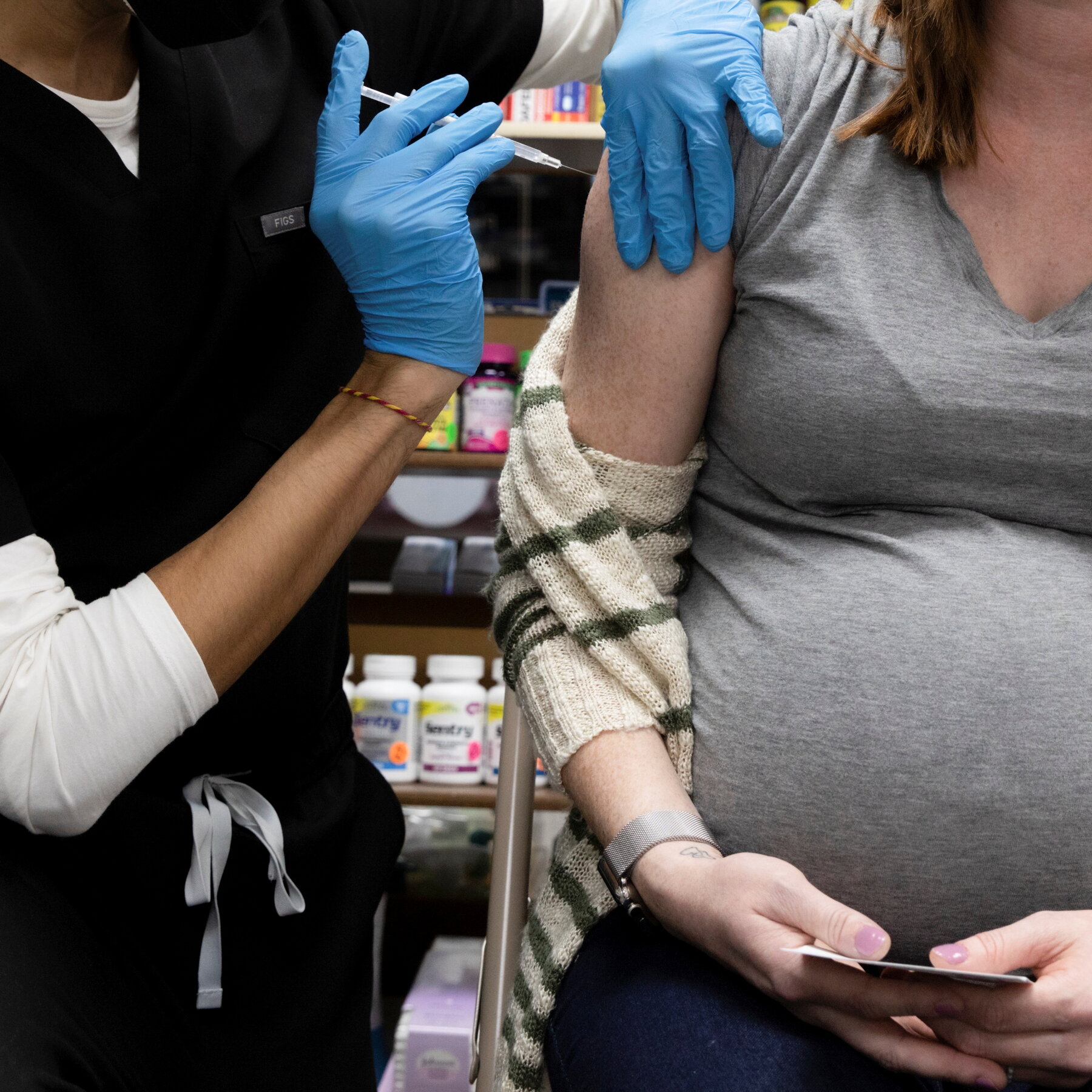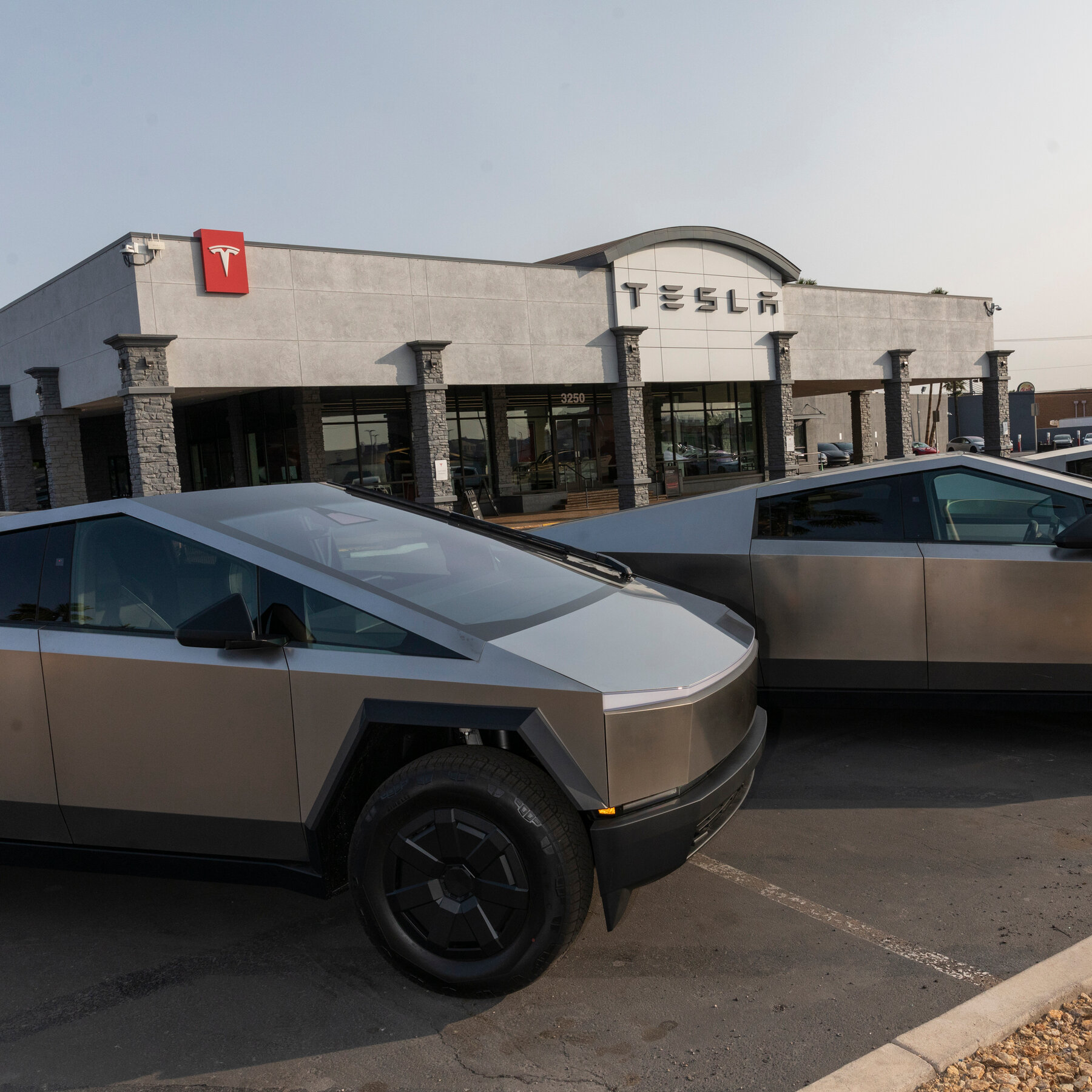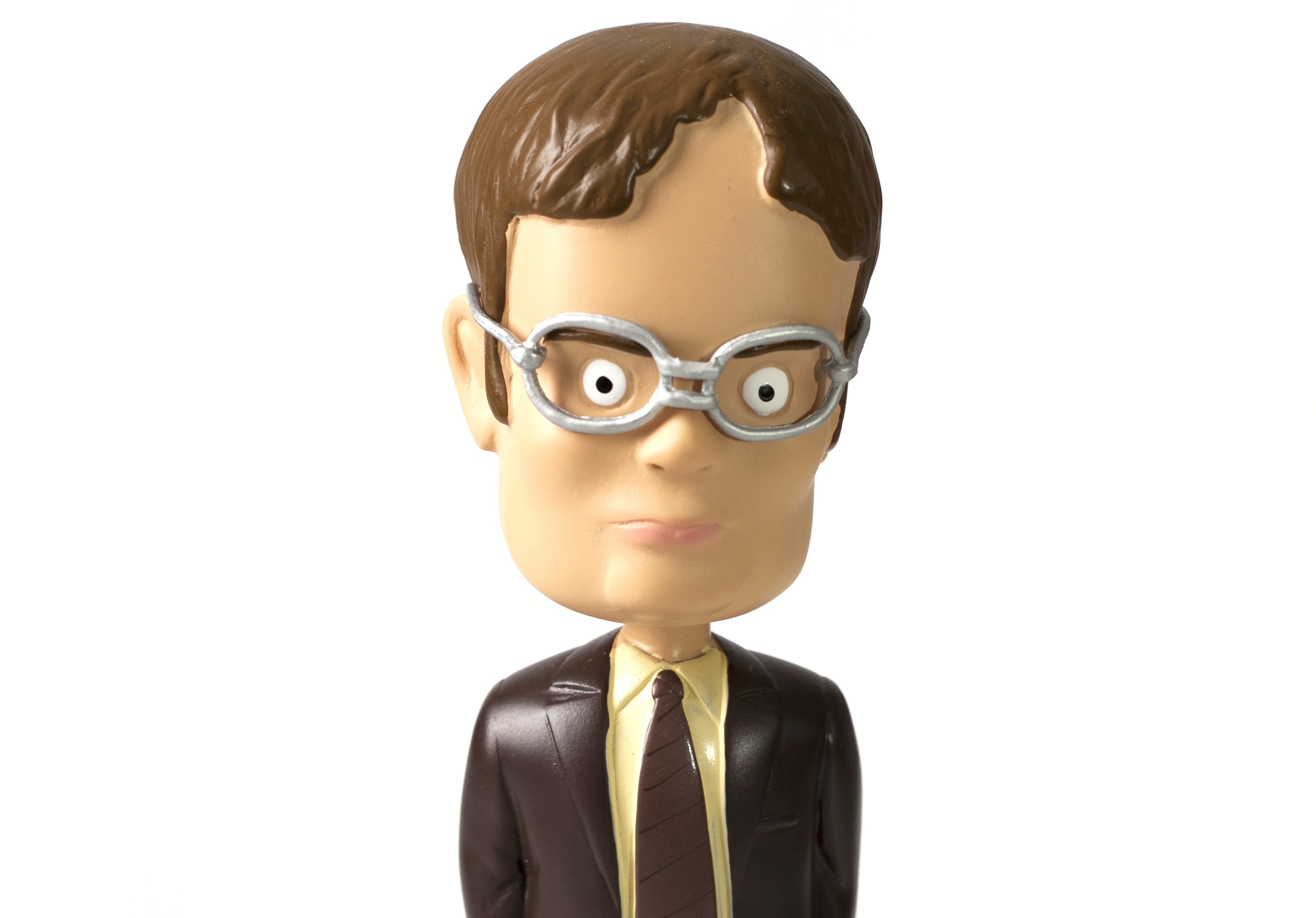
Less than three months after he declared war on synthetic food dyes, Health Secretary Robert F. Kennedy Jr. has already secured the cooperation of the makers of some of America’s most colorful culinary products. If they fulfill their promises, Jell-O snacks, Kool-Aid beverages, and Lucky Charms cereals, among a host of other foods, will be rid of synthetic dyes by the end of 2027.
But the candy industry and its most colorful chocolate treat, M&M's, are a big obstacle standing between Mr. Kennedy and the ability to claim total victory.
Other than Froot Loops cereal, perhaps no food carries as much symbolism as M&M’s for Mr. Kennedy and the movement he calls “Make America Healthy Again.” Upon taking the reins at the Department of Health and Human Services, he made synthetic dyes the first target in his plan to rid the nation of ultra-processed foods.
When Mr. Kennedy announced in April that he had an “understanding” with food makers to remove petroleum-based dyes by the end of 2026, citing research showing they were linked to behavioral problems in children, critics scoffed at his voluntary approach. Yet his peer-pressure campaign appears to have produced some results. Last month, Nestle and ConAgra joined Kraft Heinz, General Mills and PepsiCo in signing on to the secretary’s plan.
Candy manufacturers, which lean on artificial colorings for the bright treats they market to children, are still holding out.
“I think RFK and his team are learning the limits of their power to persuade,” said Scott Faber, an attorney with the Environmental Working Group, an advocacy organization.
As much as 19 percent of processed foods include synthetic dyes, and confectionary companies had the most products containing them, according to a study published in late June in the Journal of the Academy of Nutrition and Dietetics.
In an appearance on Capitol Hill in May, Mr. Kennedy pronounced the food industry “very, very receptive.” His spokesman, Andrew Nixon, said both the secretary and the Food and Drug Administration were urging “other food manufacturers, including the candy industry, to follow suit in putting public health first over industry profit.”

Mars, the privately held company that makes M&M’s and Skittles, recently removed titanium dioxide, a whitening agent, from Skittles. In a statement, the company said its products are “safe to enjoy and meet the high standards and applicable regulations set by food safety authorities around the world.” A spokesman for the National Confectioners Association, a trade group, signaled that candy makers would not reformulate without federal regulations that force them to.
“We follow and will continue to follow regulatory guidance from the authorities in this space,” the spokesman, Christopher Gindlesperger, said in a statement. He added that companies needed time to find alternatives to synthetic colors, and that there were not enough natural colors to meet demand, which could drive up prices.
If Mr. Kennedy cannot force companies to reformulate their products, states might do the job for him. Beginning in 2027, Texas will require warning labels on foods or beverages containing certain additives, including dyes used in M&M’s. In 2028, West Virginia will start banning foods containing most artificial food dyes and two preservatives because of potential health risks.
Mars has some support in Congress, however. When Mr. Kennedy testified before a House Appropriations subcommittee in May, Representative Chuck Fleischmann, a Tennessee Republican whose district includes a large M&M’s factory, noted that the dyes had been approved by the F.D.A. and had been “deemed safe for many years.”
He told Mr. Kennedy that substitute dyes could cost “five to 10 times more,” and added, “Will you work with me on that?” Mr. Kennedy said he would. Mr. Fleischmann’s office did not respond to a request for comment.
There are other exceptions to Mr. Kennedy’s powers to persuade. WK Kellogg, the maker of Mr. Kennedy’s other big target, Froot Loops, has been similarly resistant. While Kellogg has committed to reformulating its cereals that are sold in schools, the bulk of its cereals are sold on grocery store shelves.
The company said that it had conversations with Mr. Kennedy and his staff to “collectively find solutions that meet consumers’ shifting needs and wants” for those products.

One reason for the candy industry’s resistance is that it has been down this road before.
Mars already tried, and abandoned, a plan to remove synthetic food dyes. In 2016, it announced its “ambition to remove all artificial colors from its human food portfolio globally,” saying the move “was based on our belief, at the time, that a critical mass of our consumer base was seeking more natural ingredients and would welcome this change.”
Mars later said in a statement that a team inside the family-owned company discovered that while consumers wanted artificial colors removed from foods they ate as part of meals, there was a split in their attitudes about candy. European consumers wanted the dyes removed, but American consumers preferred the artificially colored treats. Mars snacks sold in the United States, therefore, remained unchanged.
Marion Nestle, a nutritionist and professor emerita at New York University, said research shows that consumers think bright colors add flavor. The cereal makers Kellogg and General Mills promised in 2015 to get rid of dyes, but backed away from their pledges with the exception of some chocolate-flavored cereals, whose colors, she said, are not as noticeable as those in brightly colored ones.
“It’s a perception issue that’s that been very, very well studied,” Dr. Nestle said. “You can give people, especially kids, two different kinds of things that are exactly the same, except the colors are different, and the brightly colored ones will be perceived as tasting better.”
Kirk Vashaw, the fourth-generation head of Spangler Candy, which makes Dum-Dums lollipops and candy canes, said that the company has made some products with natural flavors and colors since the 1980s.
“They have never sold well because the taste isn’t the same,” Mr. Vashaw said.
Mr. Vashaw said the company, based in Bryan, Ohio, has a team examining natural options for its products. But switching to natural dyes creates many challenges, he said. In addition to being more expensive than synthetic colors, natural colors tend to be less vibrant, and fade if exposed to heat or light. While some natural ingredients, like beets, can get the product close to the artificial hues, he added, they still taste like beets.
“Masking that taste is really, really difficult,” Mr. Vashaw said. “If people are celebrating and eating treats, they don’t want to be tasting beets.”
Mr. Kennedy is hardly the first person to take on artificial dyes. In 2008, the Center for Science in the Public Interest, an advocacy group in Washington, petitioned the F.D.A. to ban all artificial dyes. In 2011, an F.D.A. advisory committee examined the association between dyes and attention deficit hyperactivity disorder, or A.D.H.D., concluding there was no connection.
Ten years later, in 2021, the California Office of Environmental Health Hazard Assessment published a review of medical literature that came to the opposite conclusion. It found that synthetic dyes “can cause or exacerbate neurobehavioral problems in some children.”
In 2022, the Center for Science in the Public Interest asked the F.D.A. to ban Red Dye No. 3, which had been declared an animal carcinogen in 1990. California passed a law in 2023 doing so. In January, days before President Trump took office for the second time, the F.D.A. revoked the dye’s authorization, saying it must be removed from foods by January 2027.
Shortly after Mr. Kennedy was sworn in, he met with food manufacturers — but not candy makers — and told them he wanted them to eliminate the dyes. When the secretary made his announcement in April, Dr. Marty Makary, the F.D.A. commissioner, said compliance would be voluntary, at least at first.
“I believe in love,” Dr. Makary said, “and let’s start in a friendly way and see if we can do this without any statutory or regulatory changes.”

The F.D.A. announced at the time that it was initiating a process to revoke the approval of two synthetic dyes, Citrus Red No. 2 and Orange B, “within the coming months,” and would work with industry to remove six remaining dyes from the food supply by the end of next year. The agency also moved quickly to approve three natural dyes.
With this approach, Mr. Kennedy can avoid actual changes in federal regulation, a process that would have taken years and likely would have wound up in court. There, the F.D.A. is playing with a weak hand, because it has long allowed synthetic colors to be used in food and beverages.
Both Thomas Galligan, the principal scientist for food additives at the Center for Science in the Public Interest, and Mr. Faber, of the Environmental Working Group, praised Mr. Kennedy for raising the issue. But Mr. Faber said that in the end, states, not the health secretary, would force the change.
“Inevitably, candy companies are either going to comply with West Virginia’s law or they’re going to lose the market,” Mr. Faber said. “And West Virginia won’t be the last state to act.”







-3.png)



